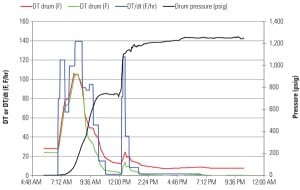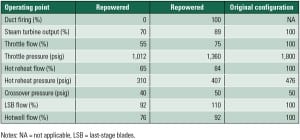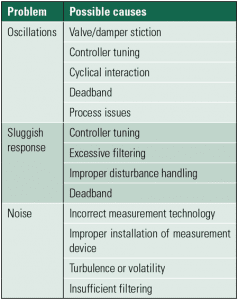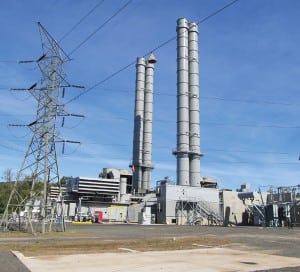POWER
-
Commentary
EPA to Limit Startup, Shutdown, and Malfunction Defense
On Feb. 22, 2013, the U.S. Environmental Protection Agency (EPA) proposed a rule, 78 Fed. Reg. 12459, that will require 36 states to eliminate an exemption to Clean Air Act (CAA) emission requirements for exceedances that occur during periods of startup, shutdown, or malfunction (SSM).
-
Legal & Regulatory
Renewable Energy Policy Review Required
The Wall Street Journal ( WSJ) recently reported that 14 of the 29 states that have adopted a renewable procurement mandate are currently considering legislation that would “water down or repeal” the renewable set-aside. Proponents of repeal describe their motivation as simple economics: Renewable power increases costs to electric consumers.
-
O&M
Improving Warm Weather Performance of the LM6000
The LM6000 is the most widely used aeroderivative combustion turbine (CT) in the world, with more than 1,000 installations. As with all CTs, power output and heat rate degrade markedly during warm weather. The ARCTIC (Absorption Refrigeration Cycle Turbine Inlet Conditioning) system eliminates this deficiency.
-
Gas
Fast-Start HRSG Life-Cycle Optimization
Modern heat recovery steam generator (HRSG) design must balance operating response with the reduction in life of components caused by daily cycling and fast starts. Advanced modeling techniques demonstrate HRSG startup ramp rates can be accelerated without compromising equipment life.
-
O&M
Repower or Build a New Combined Cycle Unit?
URS recently performed a combined cycle repowering study to determine the feasibility and economics of repowering an existing steam turbine that went into service in the 1950s. The competing option was building a new combined cycle unit. The results of the study provide insight for others considering the same alternatives.
-
Instrumentation & Controls
Troubleshooting and Solving Poor Control Loop Performance
Only through proper troubleshooting and then solving the underlying problems can control loop performance be improved. Process design certainly plays a role in control loop performance, but experience has shown that the majority of control loops can perform better—provided that the root cause of the poor performance is found and corrected.
-
Nuclear
Too Dumb to Meter, Part 12
As the book title Too Dumb to Meter: Follies, Fiascoes, Dead Ends, and Duds on the U.S. Road to Atomic Energy implies, nuclear power has traveled a rough road. In this POWER exclusive, we present the 22nd and 23rd chapters, “The Jimmy, Ron, and Mo Show” and “Screw Nevada and Nevada Will Screw You,” the last two chapters of the “Waste Is a Terrible Thing to Mind” section.
-
Business
Expect U.S. Electricity Consumption to Increase
Lawrence J. Makovich, PhD, IHS CERA’s vice president and senior advisor for Global Power, predicts a rebound in electricity consumption from recession levels. Specifically, the rebound will be stronger than government projections, led by growth in electricity use by industry.
-
Gas
New England Struggles with Gas Supply Bottlenecks
New England’s big push toward gas-fired power collided hard with its historical pipeline constraints this past winter, leaving multiple generators unable to respond to start-up requests from ISO-New England during a major storm. In the wake of the episode, the region is looking for some long-term solutions.
-
Business
What Is the Worth of 1 Btu/kWh of Heat Rate?
Decisions about design and operational options often are determined by one metric: the impact on the cost of electricity produced. An enhanced screening algorithm for power generation system total ownership cost (capital and operating) and thermal performance (output and efficiency) simplifies the analysis.






